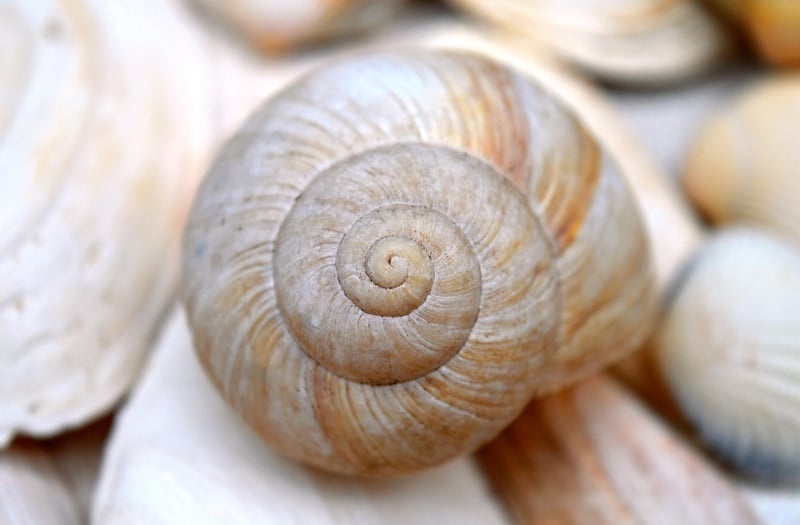Herb Spiral Design
Eco-Friendly Garden Solutions and Herb Spiral Design
Introduction to Eco-Friendly Gardening
Creating an eco-friendly garden not only benefits the environment but also enhances the beauty of your outdoor space. By incorporating sustainable practices and using natural resources wisely, you can create a thriving garden that supports local ecosystems and reduces your carbon footprint.
Benefits of Eco-Friendly Gardens
- Conserves water
- Promotes biodiversity
- Reduces chemical usage
- Supports pollinators
- Creates a healthier environment
Key Elements of Eco-Friendly Gardens
Some essential elements of eco-friendly gardens include:
- Native plants
- Composting
- Water conservation techniques
- Organic pest control
- Using recycled materials
Herb Spiral Design
An herb spiral is a popular permaculture design that allows you to grow a variety of herbs in a small space while maximizing sunlight exposure and water retention. Here's how you can create your own herb spiral:
Steps to Build an Herb Spiral:
- Choose a sunny location for your herb spiral.
- Mark the spiral shape using rocks or bricks.
- Layer organic matter, soil, and compost in a spiral pattern, starting from the center and spiraling outwards.
- Plant herbs according to their sunlight and water requirements, with those needing more sun placed at the top and those needing more water at the bottom.
- Water the herb spiral regularly, taking care not to overwater.
- Harvest herbs as needed and enjoy fresh, homegrown flavors in your cooking.
Conclusion
By incorporating eco-friendly practices in your garden and implementing innovative designs like herb spirals, you can create a sustainable and beautiful outdoor space that benefits both you and the environment. Embrace the principles of eco-friendly gardening and enjoy the rewards of a greener lifestyle.


References: Gardening Know How - Herb Spiral Gardens
